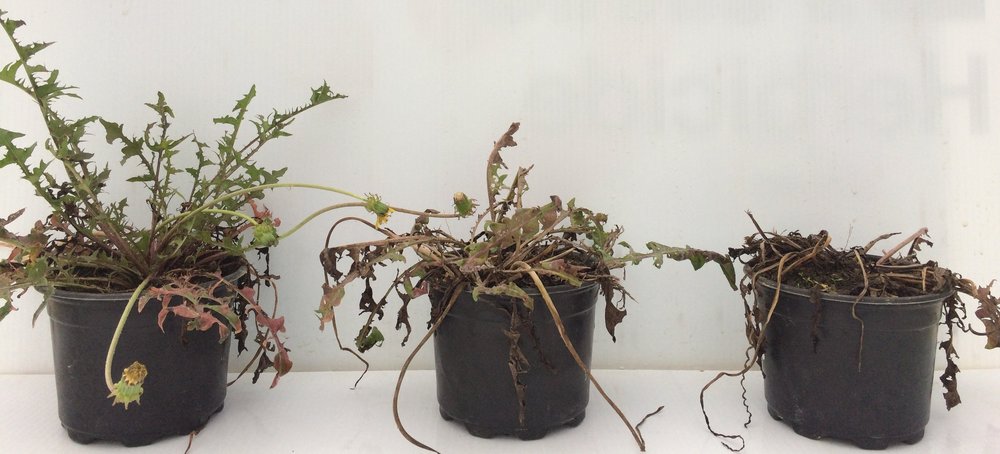Cool weather effects herbicide efficacy
With Easter this weekend and the Masters less than a week away, growing season is certainly right around the corner. However, for much of the US, Mother Nature is pumping the brakes on the start of growing season with cool temperatures dominating the weather pattern.
Alongside cool temperatures and wet weather comes the persistence of winter annual weeds and slow or ineffective herbicide applications. To get the most out of any herbicide application a few things must be considered:
1. Proper weed identification
2. Understanding plant lifecycles
3. Correct herbicide selection
Inevitably weeds will escape a fall preemerge herbicide application. Proper identification and understanding if they are annual, biennial, or perennial is important to deciding if a herbicide application is warranted. In many cases, annual weeds will die soon in response to increasing temperatures. However, it’s a great time to treat perennial winter weeds as many of these rely on underground storage organs to survive the summer months. Herbicide applications today can significantly reduce the formation of storage reserves for these species, decreasing the chance they will reestablish next winter.
Finally, not all herbicides are equally effective when temperatures dip below 60°F. Systemic herbicides can be absorbed or translocated slowly when cool temperatures persist. During these times it is important to add a contact herbicide such as Octane Herbicide to improve speed of activity of systemic herbicides when applied in cool weather. Octane does not rely on translocation for efficacy, rather is effective directly on the foliage it’s applied to. Octane makes an outstanding tank combination partner this time of year for systemic herbicides such as, but not limited to, 2,4-D broadleaf mixes or glyphosate to achieve rapid, complete weed control.
Photo: Left to right - Nontreated, Trimec, and Octane plus Trimec. Photo taken 20 days after application. Notice the dandelion plant treated with Trimec alone is not completely controlled while the dandelion plant treated with Octane plus Trimec has reached complete necrosis.

To enable comments sign up for a Disqus account and enter your Disqus shortname in the Articulate node settings.